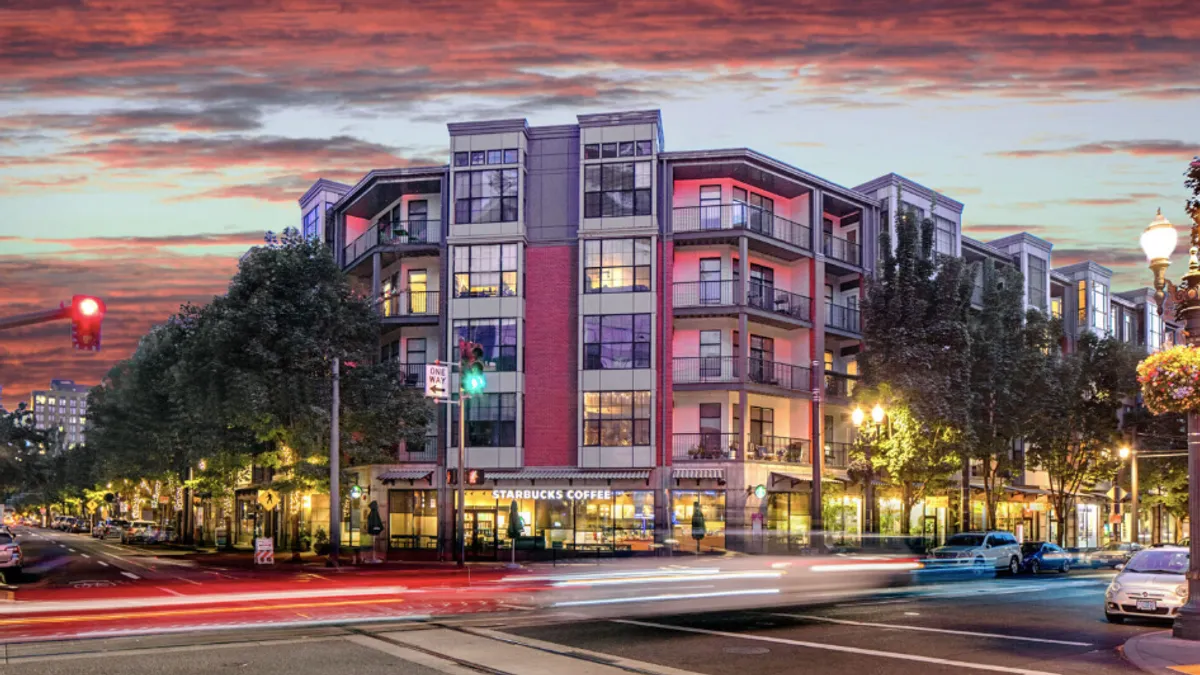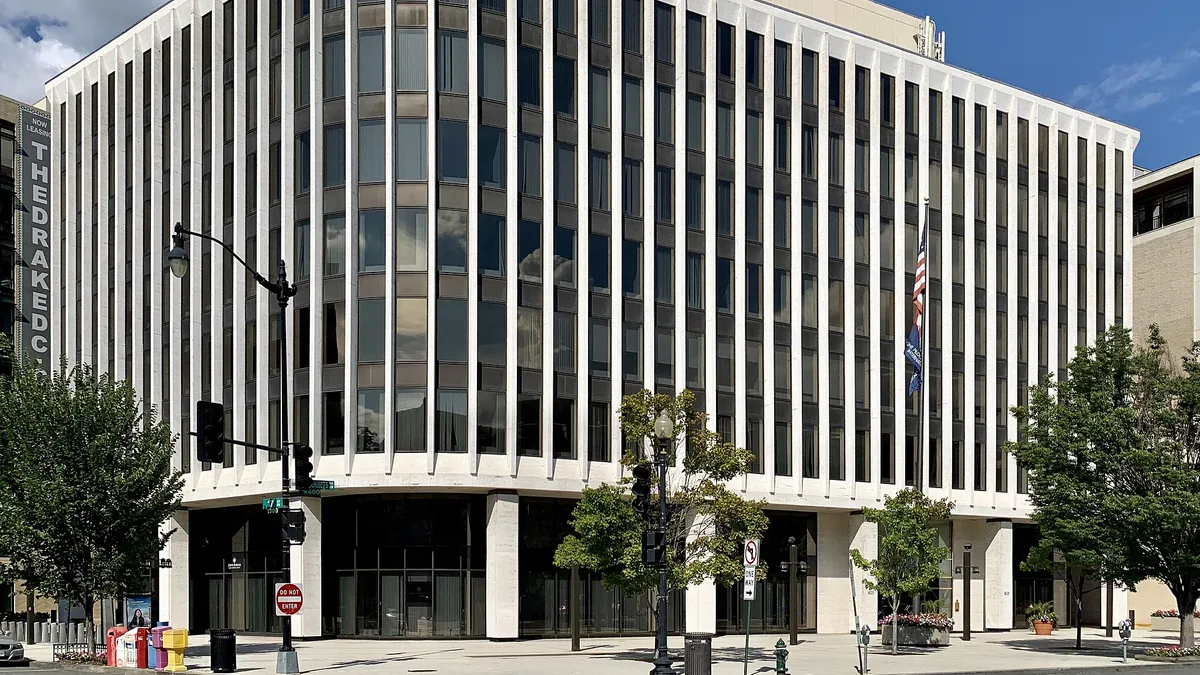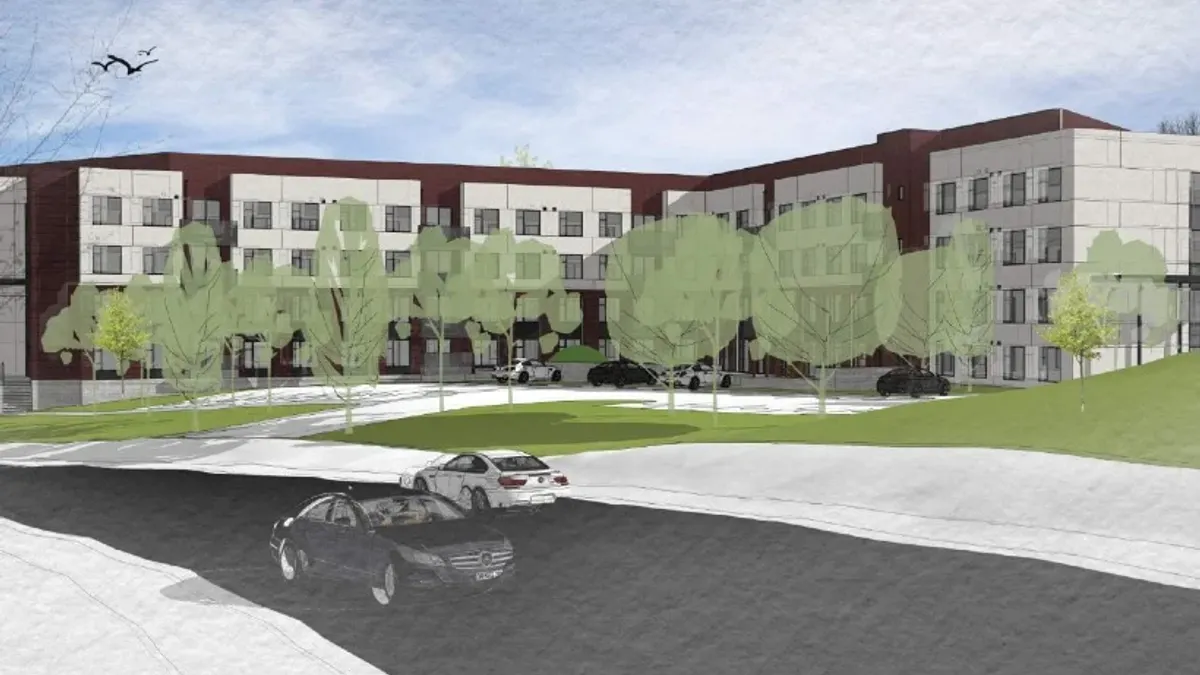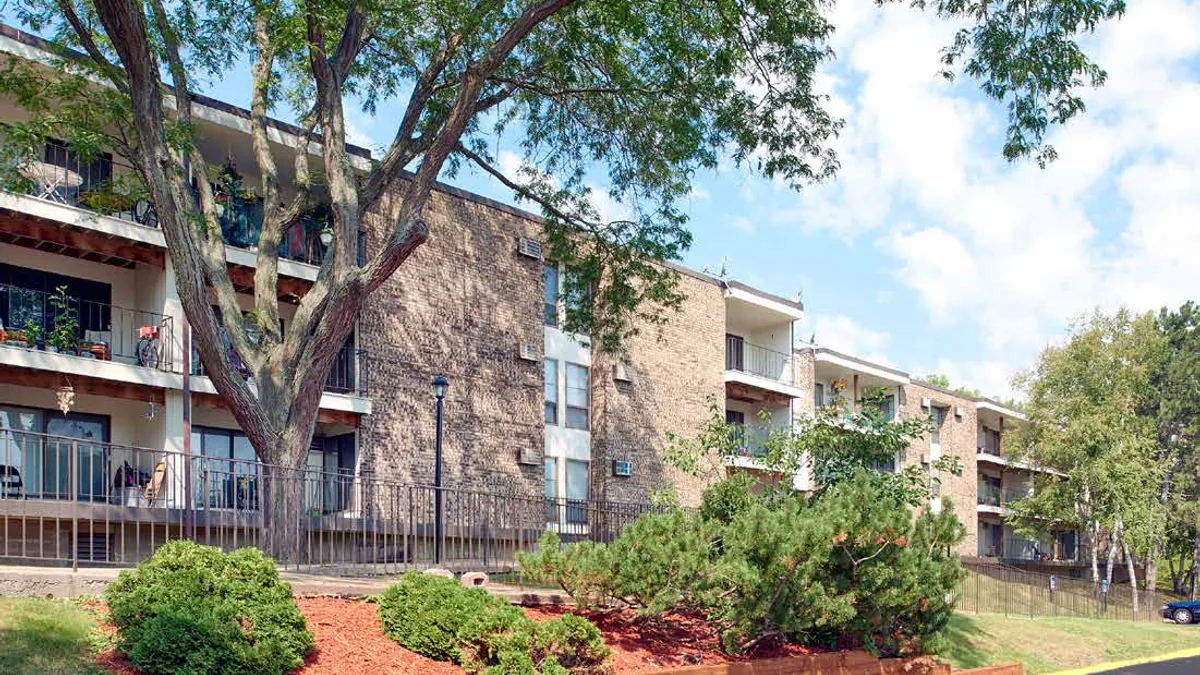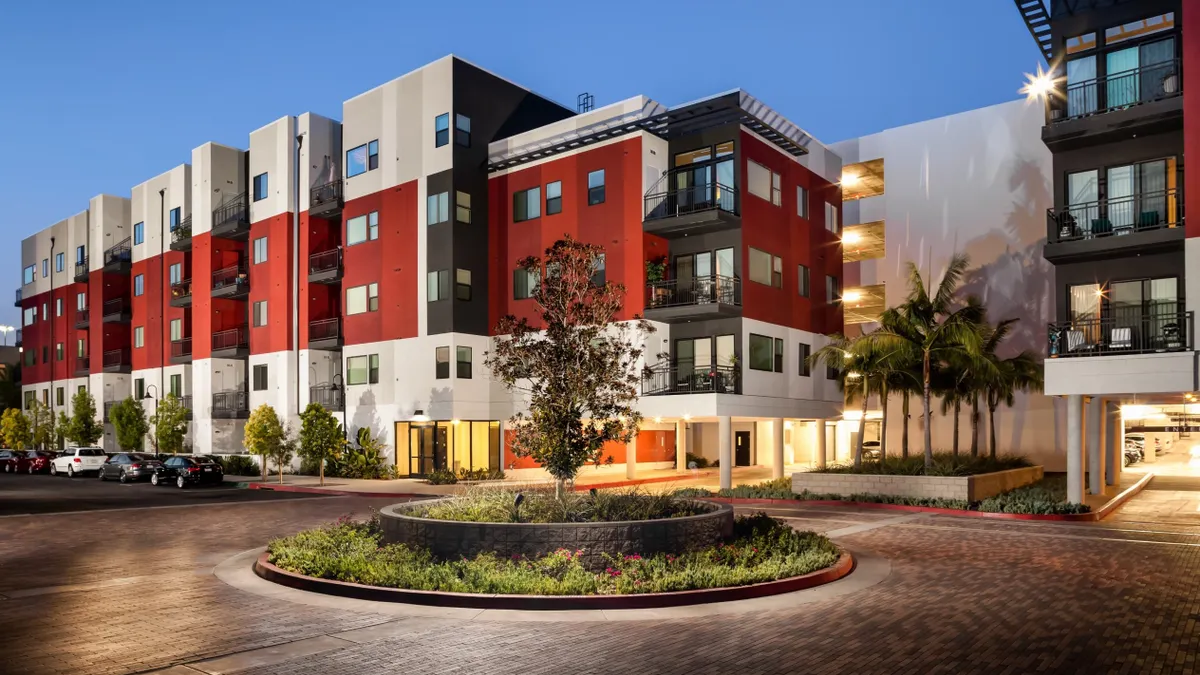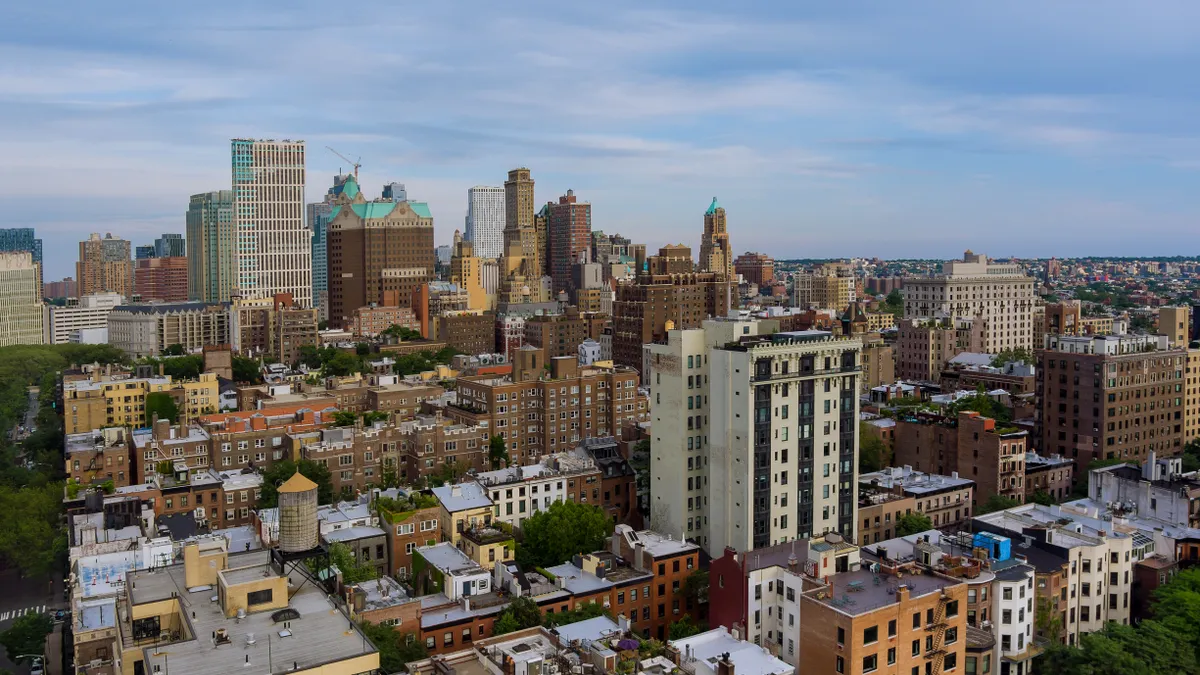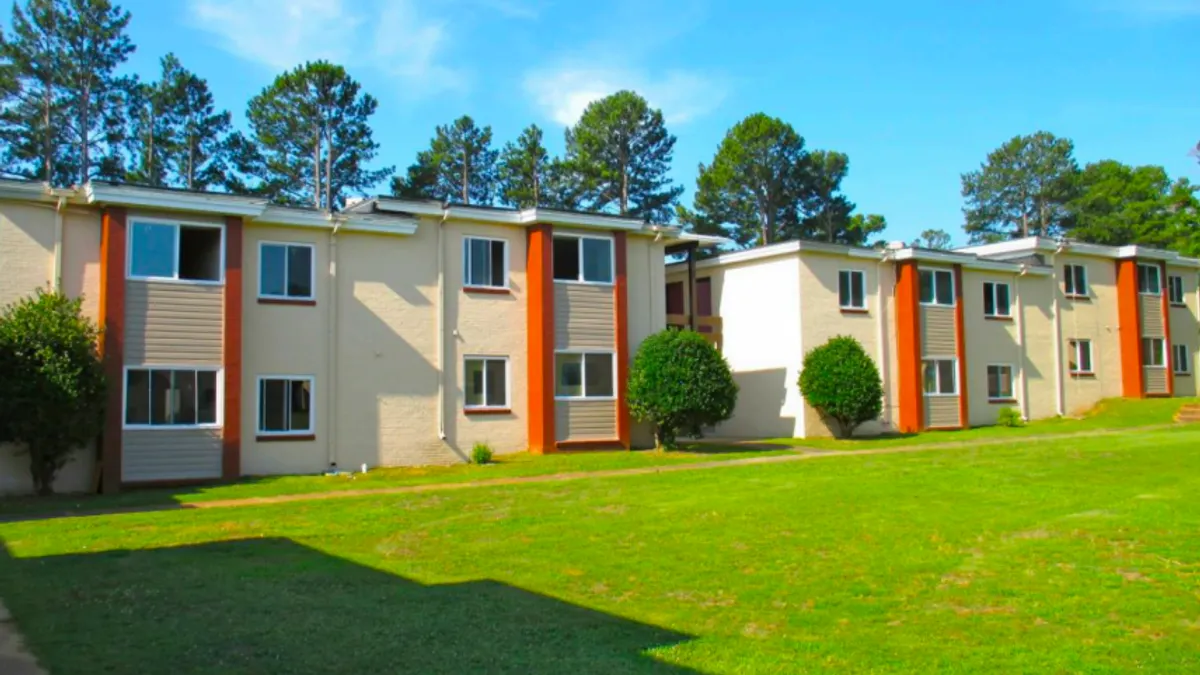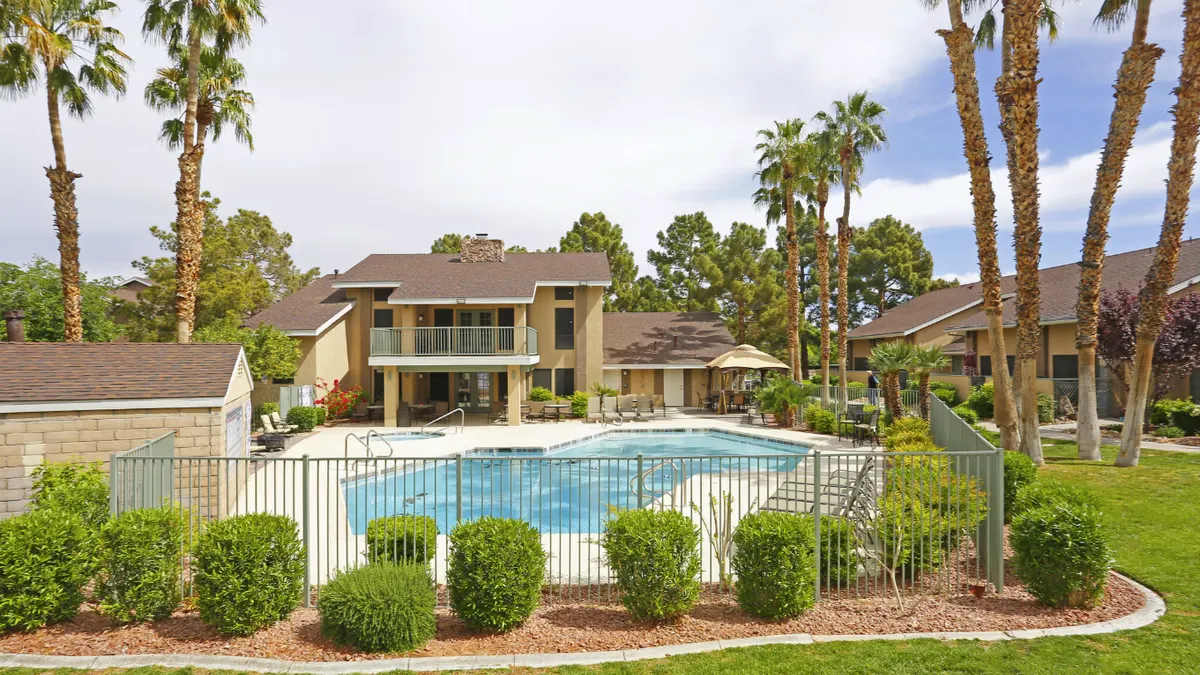In 2021, apartment investors were flocking to Sun Belt meccas like Phoenix and pushing cap rates to below 3% — previously unfathomable levels.
At that time, Mike Green, CEO of Virtú Investments, decided he’d seen enough. The Larkspur, California-based multifamily investment firm, which taps into high-net-worth individuals for equity, decided to sell its Sun Belt assets and invest on the West Coast — an area that investors were fleeing at the time.
“We were more concerned than others about whether Sun Belt markets could absorb 7% to 12% of their existing stock year after year,” Green told Multifamily Dive.
In the process of rebalancing its portfolio, Virtú’s unit count fell. But its asset quality improved. “We dropped a lot of lower-quality stuff in the Sun Belt and came back to Silicon Valley, where you pay $500,000 or $600,000 a unit,” Green said.
While Virtú Investments has controlled as many as 6,000 units, it now owns roughly 3,000 with more in the pipeline.
Virtú recently bought properties from global investment and banking giants JP Morgan in Portland, Oregon, and UBS in San Diego. With institutions largely out of the acquisition process, the firm sees opportunities to make buys.
“The institutional sellers, who are selling to meet redemptions in their open-ended funds, aren't finding any buyers other than the high-net-worth, family offices,” Green said. “These buyers are more patient and are willing to make longer-term plays.”
Here, Green talks with Multifamily Dive about new supply, political risks in California and sales volume.
This interview has been edited for brevity and clarity.
MULTIFAMILY DIVE: How do you distinguish between markets that can absorb new supply and those that can’t?
MIKE GREEN: When a market gets to a certain size, like Dallas, it's so big and so broad that even when you're delivering a lot of units, you're only delivering 2% or 3% of the supply and you have to go so much further out.
The thing about Austin, Phoenix and Nashville is that their supply response to that demand can be so fast and the magnitude of it can be so strong. We’re very cautious about watching the supply response and how fluid it can be.
I live in California, and I've invested up and down the West Coast my whole life. I've seen that we can't really meet those demand responses as well from the supply side. That creates these momentary opportunities — even when we are seeing modest demand in comparison to what Phoenix right now is seeing or Nashville or Austin — where we can still get strong organic rent growth.
How did you underwrite assets in California, given political risks like rent control?
It's hard. We've been in these rent-control markets. We don't play in downtown San Francisco. We don’t own in the Bay Area in general, but we do own in Berkeley, which is liberal. We think the political risk tends to be somewhat priced in.

Now, you're hearing about rent control in places like Florida and Minneapolis. These are places where it's not priced in, and it can change fast. In California, at least there's a playing field, to some degree, that we've already had to deal with.
What other markets do you like?
The core urban areas scared us post-COVID. It was hard to tell with work-from-home and how they were going to deal with the homeless problem. That's a real issue for businesses. We were concerned about those urban markets.
So we've been more suburban. For instance, we wouldn't be in Los Angeles proper. We'd be in Orange County. We weren't in Seattle proper. We were on the east side and in Bellevue. In the Bay Area, we were in Silicon Valley.
Are you seeing improvements in the West Coast markets that were affected by the pandemic?
Net operating income was up 3.5% last year, and it's on that same kind of trajectory this year. We're seeing strong growth. It's coming out in the numbers in the San Jose area, which is really growing strongly. Bellevue is growing strongly. We’re starting to see some recovery in Seattle and even in core San Francisco.
Is sales volume also improving?
We’re seeing sales volumes in some of these places start to pick up. We have $500 million under contract now. So, we're going to be closing that pipeline through the end of September, and we’re seeing more people at those auctions.
A lot of people have been on the sidelines for a long time. In some of these West Coast markets, there’s not huge rent growth, but it had been negative. In some of the high-demand markets, they’re fighting negative occupancy and rent growth just because they're facing down so much supply.
Do you expect to see more distress in the market?
There is less true distress right now. It’s my suspicion — having been through this a couple of times, especially through the extend-and-pretend period — that muscle memory has been learned by these lenders. They’re working loans out and they’re taking a little more money down.
Obviously, you’ve seen a few guys that were syndicating having stuff taken back by lenders. That stuff has not cleared the equities market yet. It is going back to mezz lenders and other lenders.
Click here to sign up to receive multifamily and apartment news like this article in your inbox every weekday.


